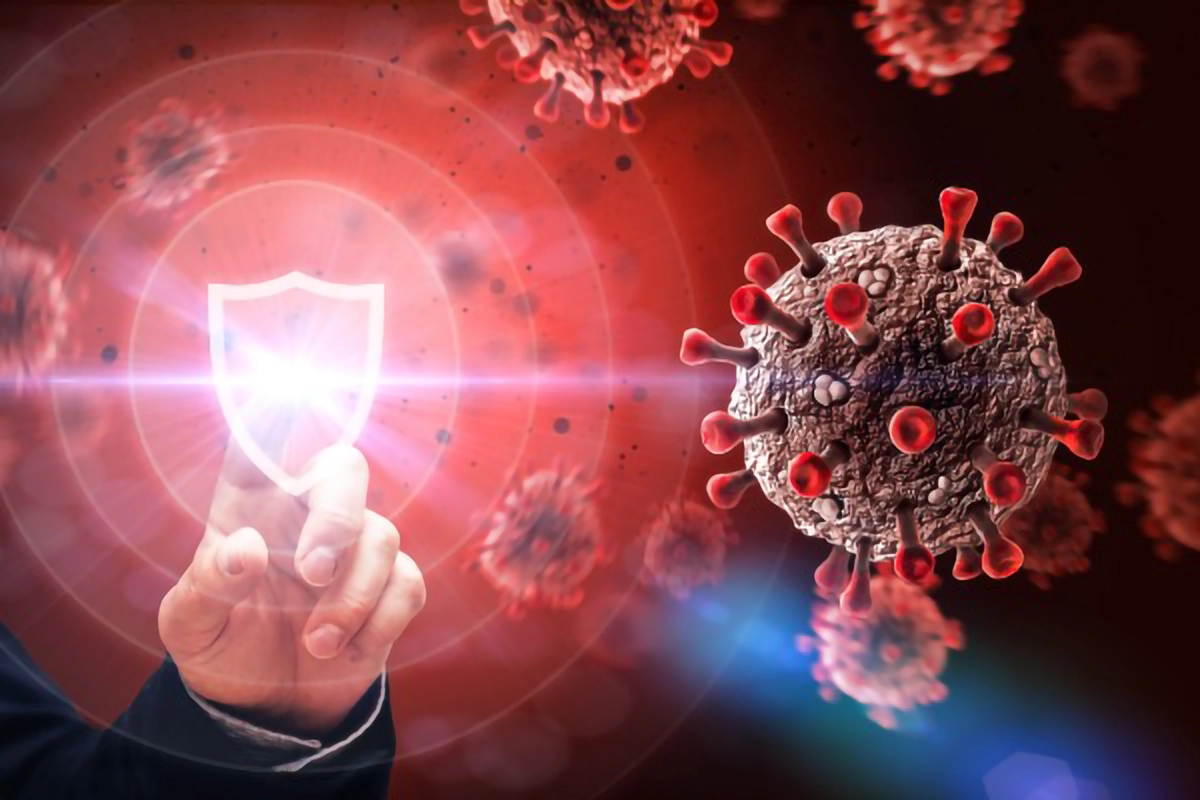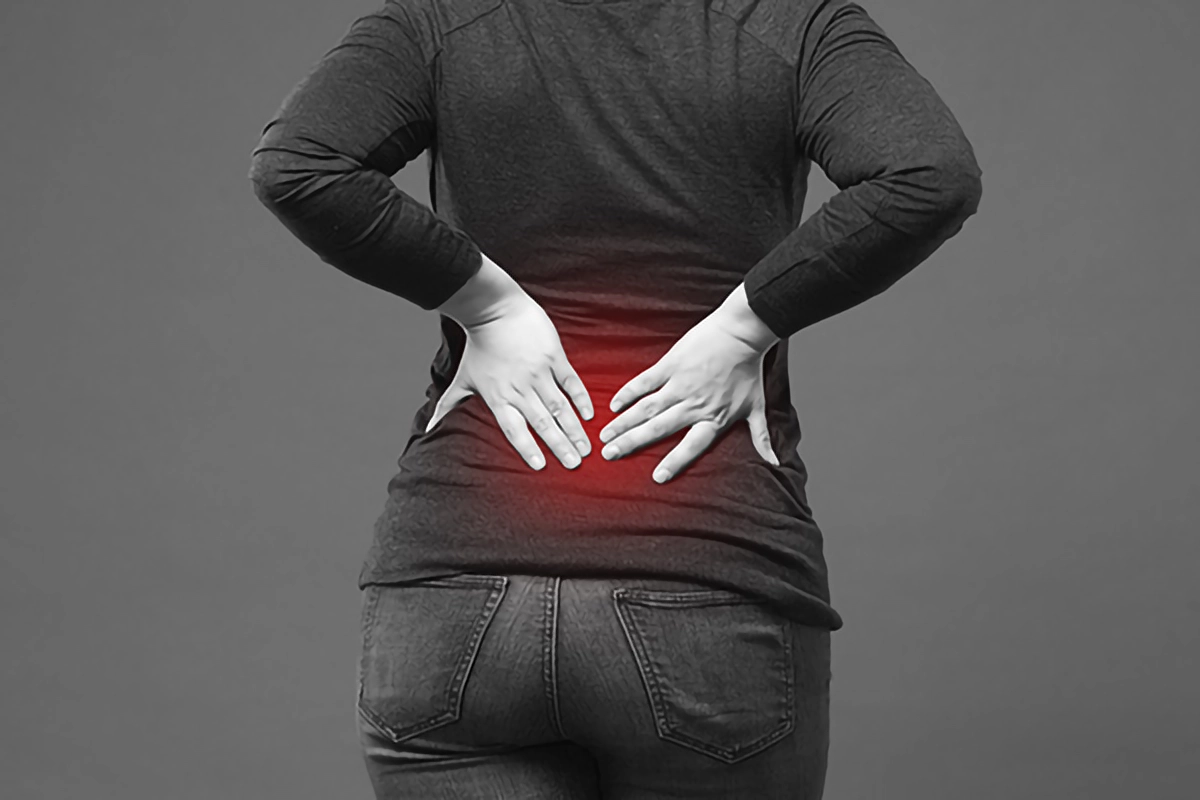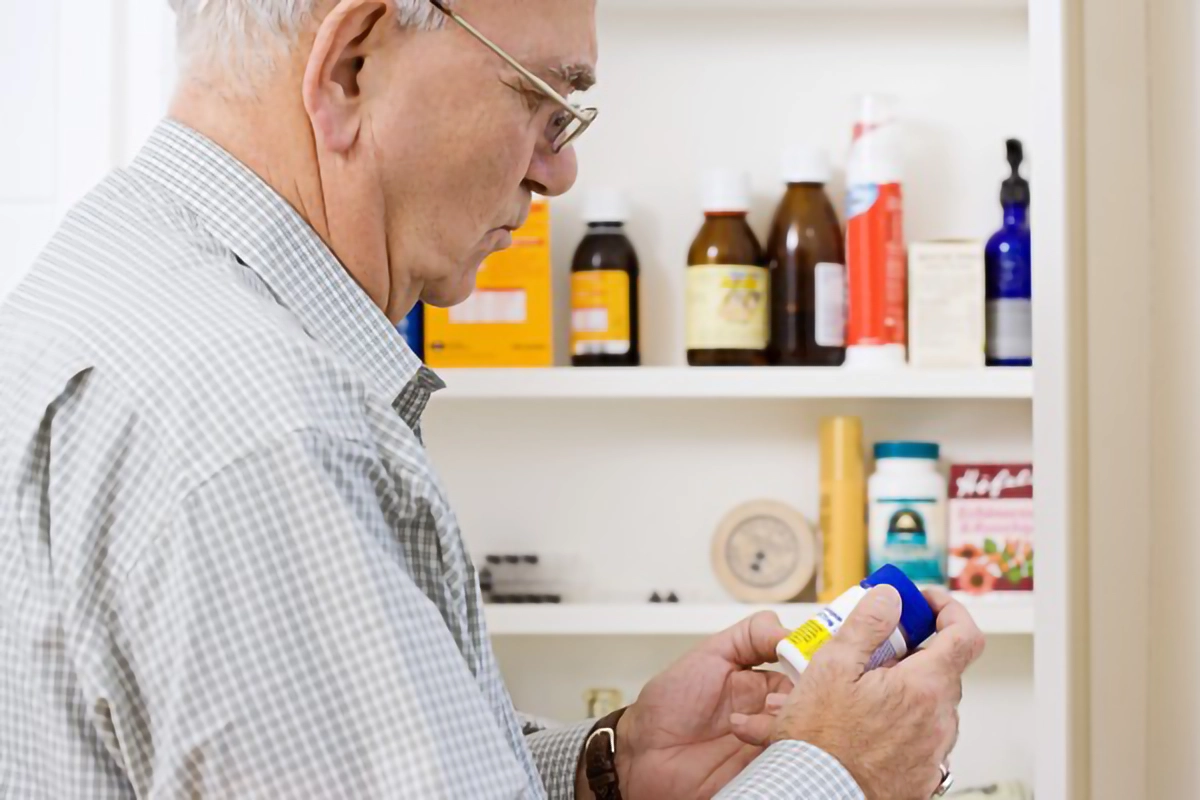We use cookies to help provide you with the best possible online experience.
By using this site, you agree that we may store and access cookies on your device. Cookie policy.
Cookie settings.
Functional Cookies
Functional Cookies are enabled by default at all times so that we can save your preferences for cookie settings and ensure site works and delivers best experience.
3rd Party Cookies
This website uses Google Analytics to collect anonymous information such as the number of visitors to the site, and the most popular pages.
Keeping this cookie enabled helps us to improve our website.
Blog: Patient's Guide to Acute Bacterial Prostatitis

What Is Acute Bacterial Prostatitis?
Acute bacterial prostatitis is an infection of the prostate gland that comes on suddenly and can cause pain, discomfort, and other symptoms. It’s often caused by bacteria, with E. coli being the most common culprit. While it can be uncomfortable, the condition is treatable with the right care.
Who Is at Risk?
You may have a higher chance of developing acute bacterial prostatitis if you:
- Have had a recent urinary tract infection (UTI).
- Have had medical procedures involving the bladder or prostate, like a catheter or biopsy.
- Occasionally use a catheter (a tube to help empty your bladder).
What Are the Symptoms?
This condition can cause a range of symptoms, including:
- Pain: You might feel discomfort in your lower back, the area between your scrotum and anus (perineum), your penis, or even your rectum.
- Trouble peeing: Your urine flow may feel weak, or you may have to strain, start and stop, or feel like your bladder isn’t fully emptying.
- Fever and chills: Flu-like symptoms, such as a high temperature and shivering, are common.
- Tenderness during an exam: If your doctor checks your prostate by gently feeling it through your rectum, it might feel swollen and tender—a sign of inflammation.
How Is It Diagnosed?
If your doctor thinks you might have acute bacterial prostatitis, they may recommend:
- Urine tests: To check for bacteria in your pee.
- Blood tests: To look for signs of an infection.
- Tests for sexually transmitted infections (STIs): If there’s a chance an STI is involved.


How is it treated?
The good news is that treatment is usually simple and effective.
1. Antibiotics
These are the main treatment to kill the bacteria causing the infection. You’ll need to take them for about two weeks. Your doctor will choose the right antibiotic for you based on your situation.
2. Pain Relief
If you’re in pain, you can take medications like:
- Paracetamol
- Ibuprofen (if it’s safe for you).
Sometimes, your doctor might suggest combining paracetamol with a mild painkiller like codeine.
3. Stay Hydrated
Drinking plenty of fluids is important to stay hydrated and help flush out the infection.
4. STI Treatment (If Needed)
If an STI is causing the infection, you’ll be referred to a sexual health clinic for specialist care.
When Should You See a Doctor?
Acute bacterial prostatitis can be very uncomfortable, but with the right treatment, you’ll start feeling better soon.
If you’re experiencing symptoms like pain, trouble peeing, or fever, don’t wait - see your doctor for advice.

Published: Jan 9, 2025
